The History of Knife Rests
The use of Knife Rests date from the early 18th Century and possibly the late 17th century.
The gentry and the ruling classes sat down to a meal that could have up to 12 courses and apart from their hands, probably only had one knife and fork per person. To save soiling the table, or the tablecloth, if there was one, the utensils required something to rest on that kept them off the table.
This was probably initially just a piece of wood in the times of Henry the eighth, but from the eighteenth century we know that some enterprising person started to design what we now consider proper knife rests in pairs, sets of 4,6,12 and probably more.
In the first place it was possibly a large set of rests that were designed especially for the master of the house to rest his carving knife and fork on after carving a portion for each plate and handing to his guests.
He would of course be at the head of the table, unless he discharged this task to his butler, who would possibly do the carving on the sideboard. Either way the table or sideboard would need protecting with a set of two quite large knife rests.
In some more wealthy establishments there could also have been a set of knife rests at each diner's place setting and these would have been a pair of possibly blue and white rests to match the plate and other tableware. Alternatively the rests could have been made in cut glass to match the rest of the glassware on the table.
Like most other major inventions the Victorians took everything a stage further by making knife rests in almost any material you can imagine and in any shape, and configuration. As we now know, every and all metals including silver and gold were used together with pottery, glass, mother of pearl, ivory, horn and also a combination of these materials.
The French were also particularly good at producing knife rests which they call "porte couteau" via Lalique and O.Gallia as were the Germans under the WMF mark and the Russians under the famous Faberge label. In England Davenport, Wedgwood and Coalport were amongst the best Knife Rests made in pottery and some survive to this day.
China also have made chopstick rests possibly for a longer period of time and they are still in use to this day, The continual use of knife rests petered out in Europe in the 1950's-60's but have now become a collectors item.
In this collection you will find examples of almost all of the foregoing knife rests and if you imagine what was going on when some of the older rests were made, it rather brings current affairs into a more stark and certainly less important perspective.
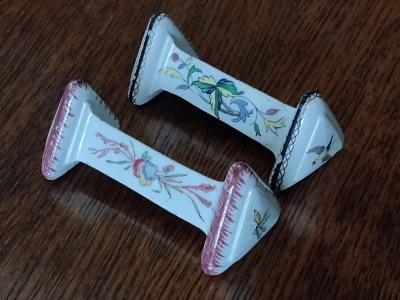
Triangular China Antique Knife Rests with Insects and flowers painted View >>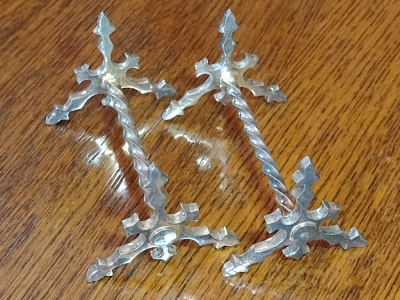
Silver Plated Gothic Style With Heavily Twisted Centre Antique Knife Rests View >>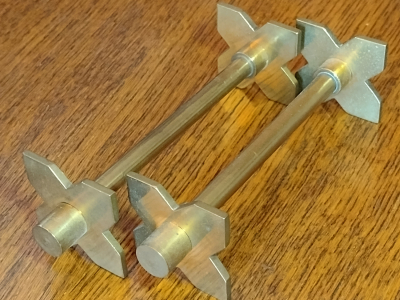
Brass Giant Carver Knife Rests View >>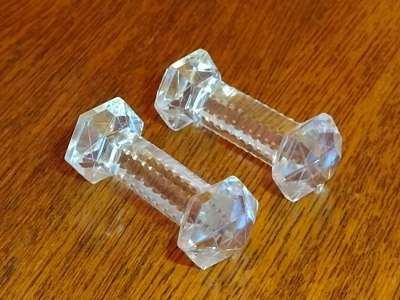
Cut Crystal Glass Etched Quirky Antique Knife Rests View >>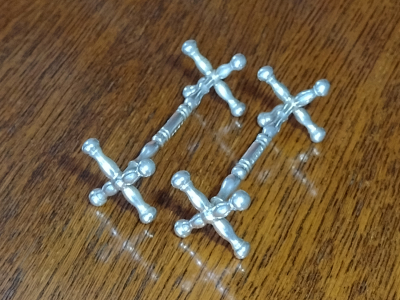
Silver Antique 19th Century Knife Rests View >>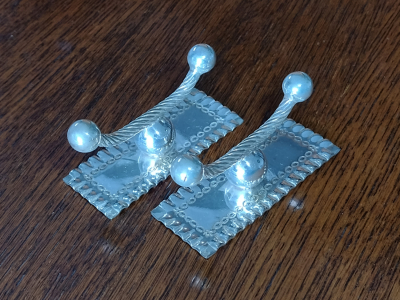
Foreign Silver Knife Rests Circa 1920's View >>



